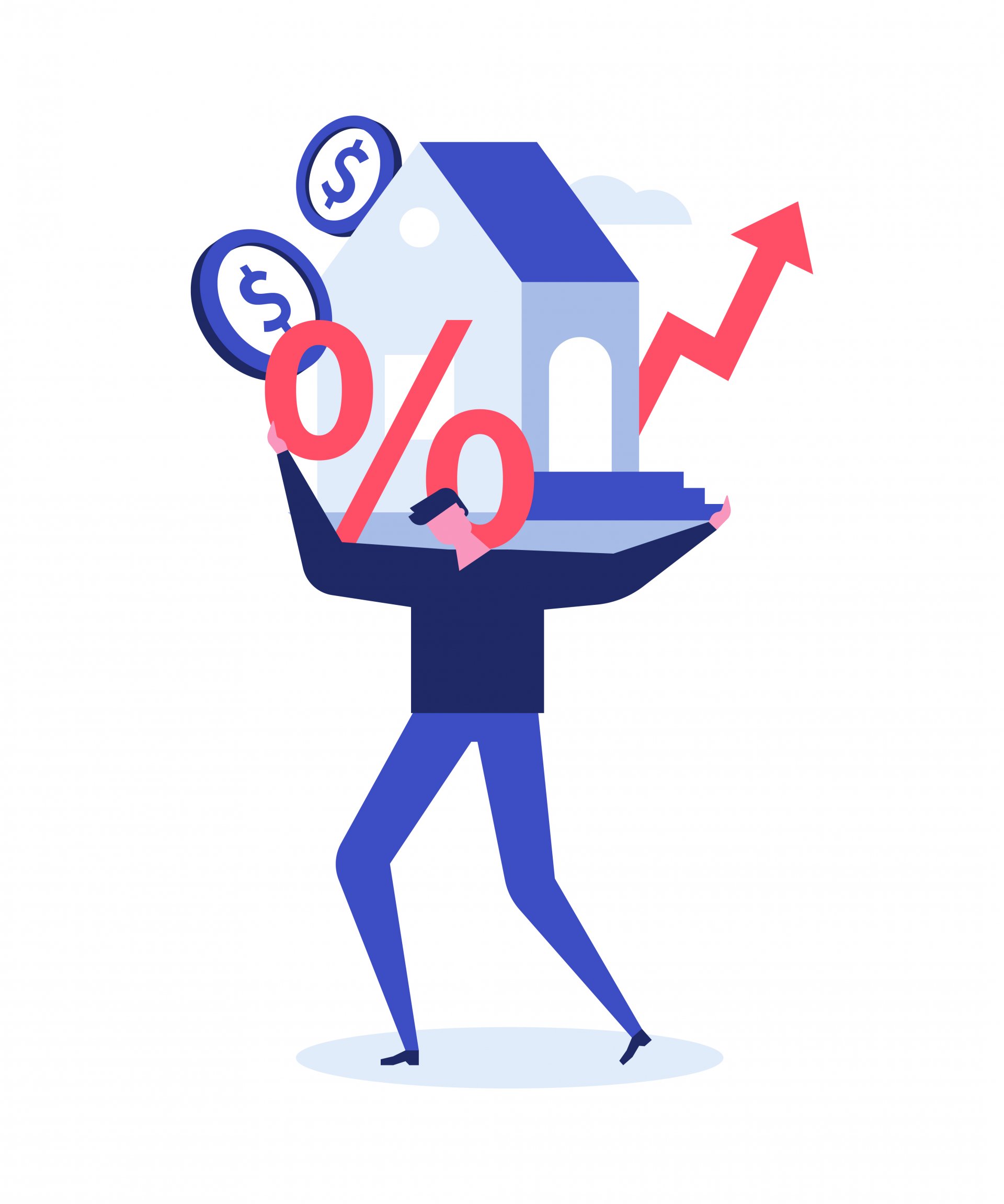[Tools & Resources]

It’s hard to avoid the constant barrage of news about growing inflation and interest rate increases made by the Federal Open Markets Committee (FOMC) of the Federal Reserve. Everyone is feeling the financial squeeze caused by inflation and it’s impacting the cost of everything from food and clothing to gasoline and construction. Vulnerable populations are particularly impacted, as are nonprofit organizations trying to stretch their already thin dollars even further.
When coupled with the staffing crisis, historical underfunding, and the increased need for services related to persistent impacts of the COVID pandemic, it’s no wonder some organizations might be thinking the light they were hoping to see at the end of the tunnel is very likely a train. We’ve lurched from one crisis to another, and the constant pressure and strain is taking its toll.
At CIL we are not immune to these issues and the cost of borrowing money (i.e., the interest rate) also has a huge impact on our operations and how much we can help other organizations. As a real estate developer, we need to borrow money in order to provide new homes for service providers and others we support.
We are very fortunate to have a group of banks that support us by providing loans and bonds. Acquisition of new properties and construction is funded through a line of credit while our permanent financing is normally provided via tax-exempt, direct placement bonds. The cost of borrowing money in both methods is impacted by rate increases – albeit in different and sometimes confusing ways. Of course, the cost of construction is also impacted by inflation.
The news tends to be about the federal funds target rate, and much is focused on the eight times a year that the FOMC meets to determine the rate. As of October 20th, the rate is 3.08% and another 75 basis points (banker talk meaning 0.75%) is expected to be added at the November meeting. However, that is just the rate banks and credit unions lend reserve balances to each other overnight. The rest of us have much higher rates. Just as an example, the Wall Street Journal Prime Rate (an estimate of the base rate on corporate loans) currently stands at 6.25%, which is almost double what it was just six months ago.
Our construction line of credit is most easily tied to these moves in the interest rate. Tax-exempt bonds are a little more confusing. The tax-exempt status allows banks to save money on their corporate taxes. The current corporate tax rate is 21% but that’s not necessarily the “discount” we realize because many other factors go into the rate setting – for example the loan term, the risk, and the uncertainty of future rates for interest and taxes. It’s interesting to note that the decrease in the corporate tax rate from 35% to 21% that occurred in 2018 actually made borrowing more expensive for CIL.
Like most nonprofit organizations, we are driven by our mission, and we also need to stay in business. Inflation and interest rates are making it more challenging to do both and we continue to explore ways to help our partners while adapting to changes beyond our control.











